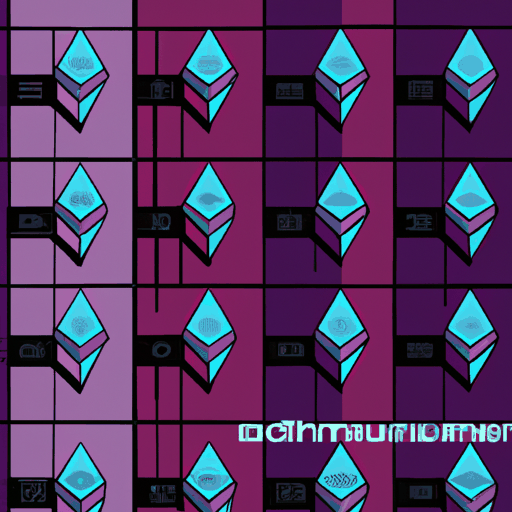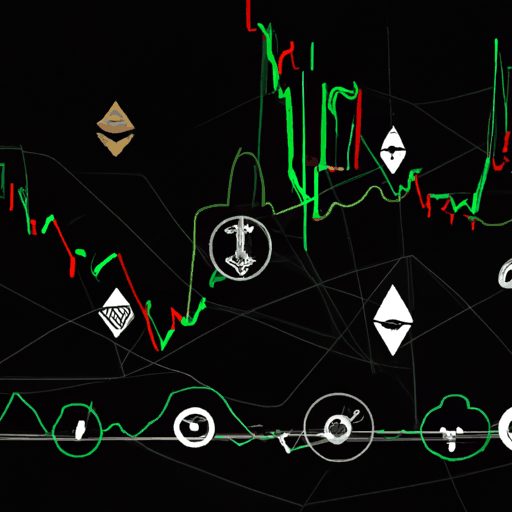
Ethereum's Potential Surge: Gas Limit Expansion and Post-Pectra Upgrades
By: Eliza Bennet
Ethereum, the second-largest cryptocurrency by market capitalization, is on the cusp of notable developments that could significantly impact its efficiency and utility. The network is gearing up for an increase in its gas limit by 66% to 60 million units, aiming to enhance transaction capacity and network efficiency. This expansion, confirmed for rollout by core developer Parithosh Jayanthi, follows successful testing phases on Ethereum's Sepolia and Holesky testnets. The move seeks to accommodate more activity per block, potentially easing network congestion and speeding up transaction processes.
The gas limit adjustment marks a pivotal transition in Ethereum’s ongoing evolution, reducing Layer 1 transaction fees by an estimated 10% to 30% and fostering a more scalable ecosystem. The proposal, backed by around 80% of Ethereum validators, has drawn substantial community support, including encouragement from renowned Ethereum core developer Eric Conner. This support underscores a consensus within the Ethereum community towards expanding the network’s base-layer capacity, aligning with long-standing calls from co-founder Vitalik Buterin for increased scalability to meet rising demand.
Parallel to these developments is the surge in Ethereum staking activity post-Pectra upgrade. The Pectra update introduced pivotal enhancements such as EIP-7002, potentially paving the way for broader institutional involvement. Analyst insights suggest that following an initial dip ahead of Pectra’s public announcement, Ethereum staking has rebounded, illustrating renewed investor confidence. This trend may mark the beginning of institutional repositioning within Ethereum's ecosystem, reflecting an evolving perception of its scalability and utility in decentralized finance.
Furthermore, the Pectra upgrade has facilitated new functionalities through EIP-7702, permitting existing accounts to leverage smart contract capabilities. Wallets such as Ambire and Trust Wallet have embraced these enhancements, labeling it a significant user experience improvement. Overall, Ethereum’s continuous strides in maximizing its network efficiency and adaptability underscore its dominant role as a flexible, future-ready blockchain platform.



